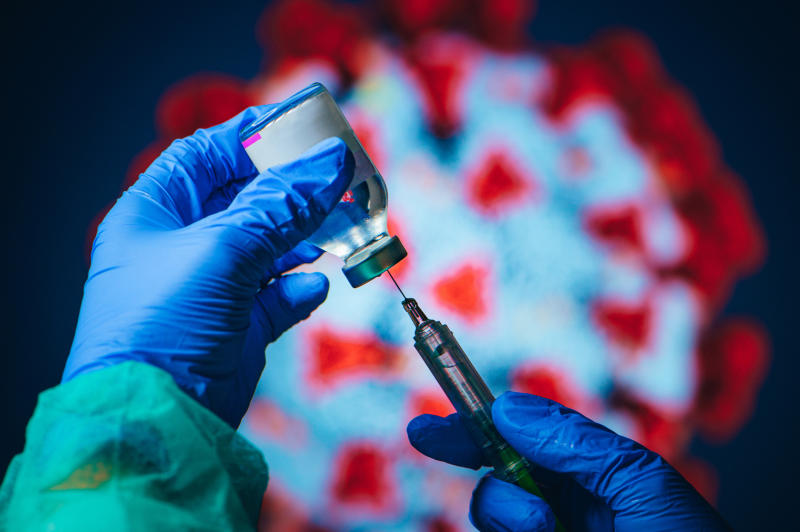×
The Standard e-Paper
Smart Minds Choose Us

As the coronavirus continues to evolve, it remains uncertain how selective pressures, including the vaccines, will shape its path.
The initial generation of vaccines appears less likely to prevent mild to moderate disease from many of the variants that have emerged.